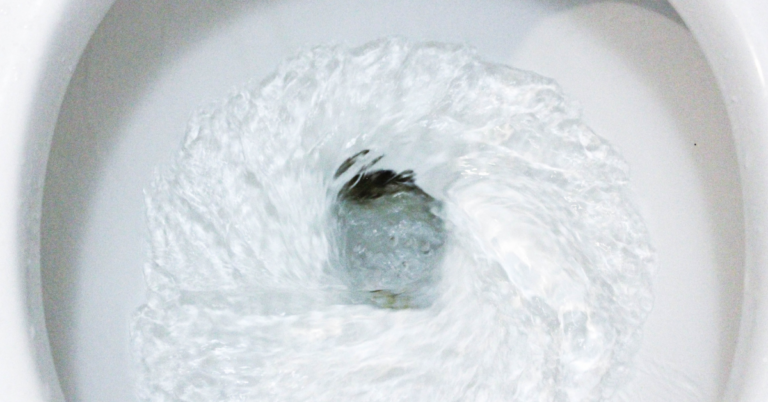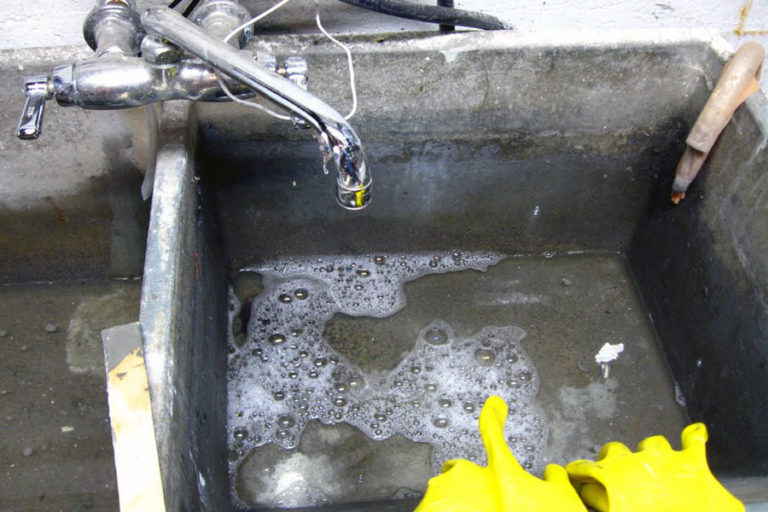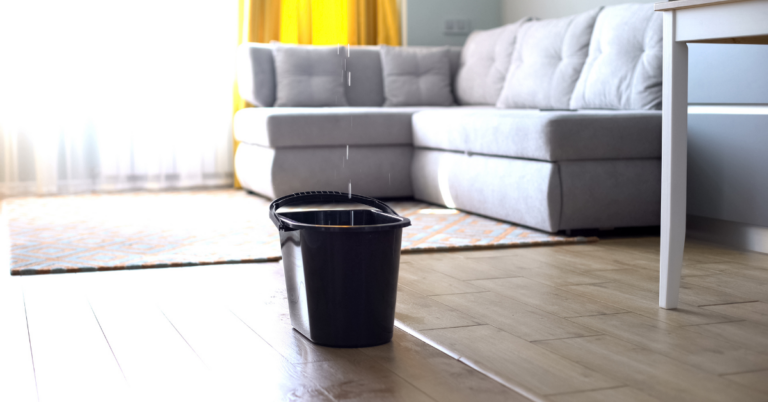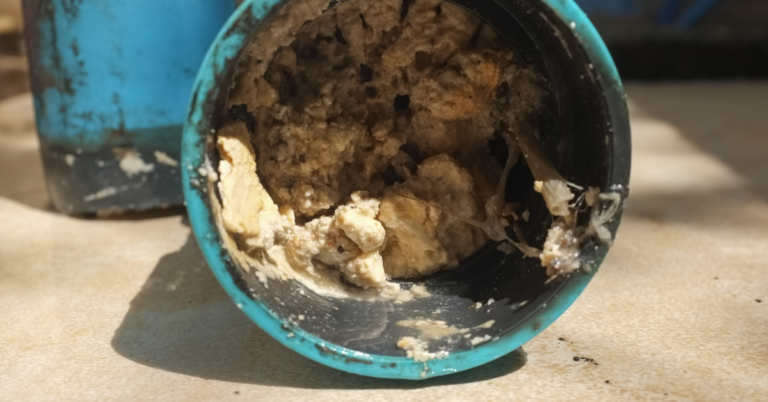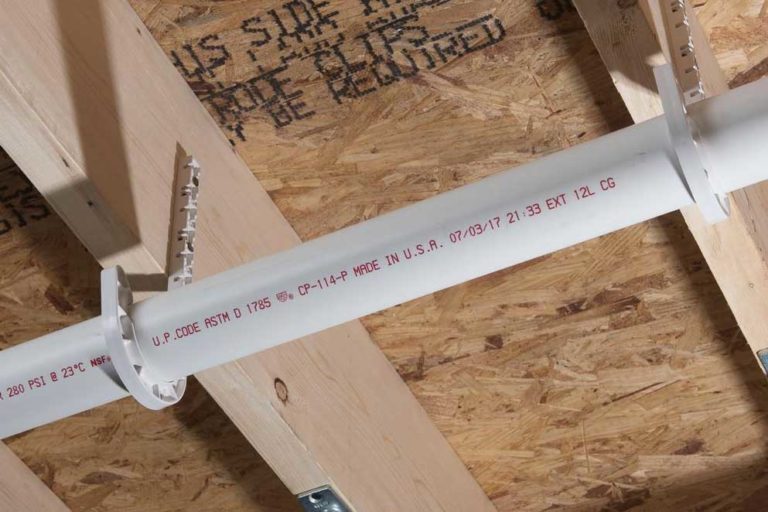Smelly Kitchen Sink? Here’s How To Fix It. (5 Methods!)
A smelly kitchen sink can significantly undermine the comfort and cleanliness of your home. The kitchen, often the heart of the household, should be a welcoming place, not one where nasty smells linger.
Fortunately, you don’t need professional help or expensive solutions to tackle this issue. This blog will guide you through five simple, effective methods to deodorize your smelly kitchen sink, ensuring it smells fresh and inviting. Let’s embark on this journey to transform your problem from a source of discomfort to a source of pride.
Smelly Kitchen Sink Method #1: Ice
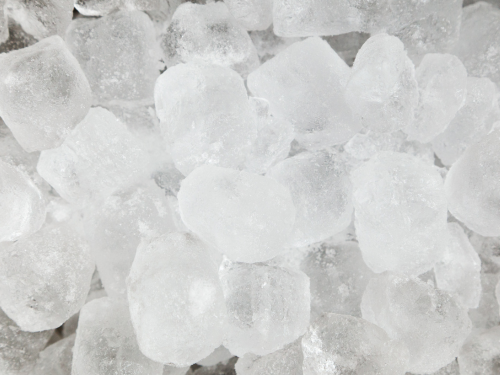
Our first method to combat a stinky sink involves something you likely have in your freezer right now: ice. This approach is efficient if your kitchen sink has a garbage disposal. Over time, food particles and debris can adhere to the disposal’s blades, contributing to the smell. The solution is surprisingly simple: ice cubes.
Start by gathering a half cup of ice cubes. Pour them down the drain, then activate the garbage disposal. As the disposal works, the ice cubes are crushed into smaller shards, which act as natural scrubbers. These ice shards effectively remove biofilm, bacteria, and gunk from the blades, directly addressing the source of the odor in your sink. This method is quick and easy and utilizes readily available items, making it an excellent first step in deodorizing your sink.
Smelly Kitchen Sink Method #2: Mouthwash
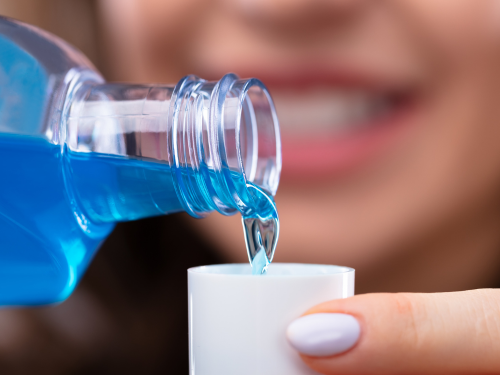
For our second method to freshen up a smelly kitchen sink, we turn to an unexpected item that might be in your bathroom cabinet: Listerine or any mouthwash. While it might seem unconventional, mouthwash can be an effective deodorizer for your smelly kitchen sink. Its antiseptic properties are excellent for killing bacteria and leaving behind a refreshing scent.
To use this method, simply pour a couple of capfuls of mouthwash down the drain. Allow it to sit for about 15 minutes. During this time, the mouthwash neutralizes odors and disinfects the sink drain. While it may not be the most powerful method for all situations, it’s a quick, easy solution that can make a noticeable difference, especially for light odors in a smelly kitchen sink.
Smelly Kitchen Sink Method #3: Bleach
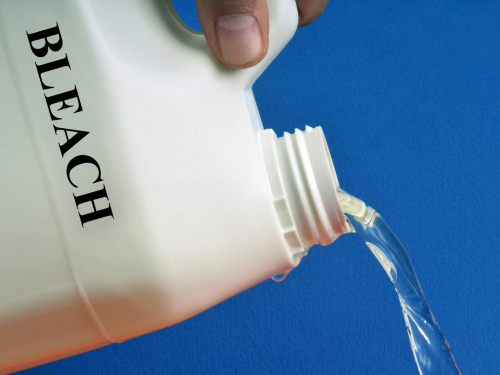
Our third solution for tackling a smelly kitchen sink involves a more potent agent: Clorox bleach. Bleach is renowned for its disinfecting power, killing germs, and effectively eliminating odors. However, its strength also demands caution.
To safely use bleach in your smelly kitchen sink, opt for a non-splash formula to minimize the risk of splashing. Pour a small amount carefully down the drain. This method directly combats odor-causing bacteria, offering a solid defense against persistent smells.
However, bleach should be used sparingly and as a last resort due to its acidic nature. Overuse can damage plumbing over time. If you use bleach, do so infrequently and carefully to avoid adverse effects.
Smelly Kitchen Sink Method #4: Baking Soda and Vinegar
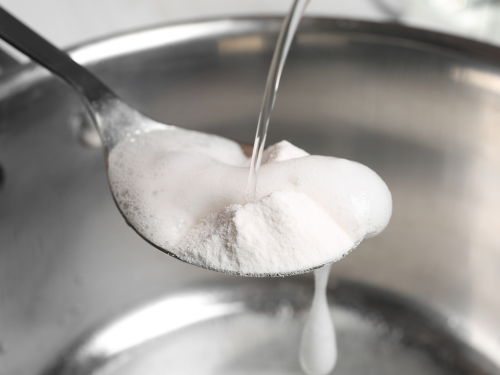
This method for freshening up a smelly kitchen sink combines two of the most versatile household items: baking soda and vinegar. Together, they create a powerful cleaning solution that’s both effective and environmentally friendly.
Start by boiling water and pouring half of it down the drain of your smelly kitchen sink. This initial step helps to loosen any debris. Next, add a half cup of baking soda directly into the drain. Allow it to sit for a few moments to absorb odors. Then, introduce a half cup of vinegar. Combining baking soda and vinegar creates a fizzing reaction that helps break down and remove the remaining debris and odor-causing elements. After letting the mixture work for a few minutes, flush the drain with the remaining boiling water.
This method is safe for your pipes and the environment, making it an excellent choice for regularly maintaining a smelly kitchen sink.
Smelly Kitchen Sink Method #5: Brushes
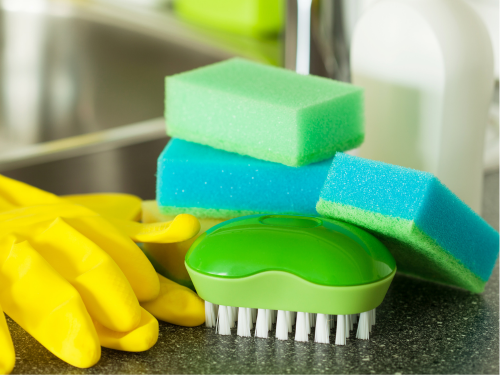
A direct, hands-on approach is sometimes necessary to tackle stubborn odors in a smelly kitchen sink. Manually cleaning the P-trap and drain with a brush can remove persistent biofilm and debris.
This method requires disassembling part of your sink’s plumbing, specifically the P-trap, designed to hold water and prevent sewer gases from entering your home. If this area becomes dry or clogged with debris, odors can emerge, contributing to a smelly kitchen sink.
After disassembling, use a brush to thoroughly clean the inside of the P-trap and the drain pipe. This physical removal of debris ensures a comprehensive cleaning. Once reassembled, consider rinsing the area with vinegar to enhance cleanliness and freshness.
Conclusion
Deodorizing your smelly kitchen sink is crucial to maintaining a clean, welcoming home. With these five methods, ranging from simple household items like ice and mouthwash to more involved techniques like manual cleaning, you have various options to eliminate unpleasant odors. Each method offers its benefits, allowing you to choose the best solution. By incorporating these strategies into your cleaning routine, you can ensure your kitchen remains a pleasant, odor-free space for you and your family.
Call 1-Tom-Plumber
Don’t hesitate to contact us here or call us at 1-Tom-Plumber (1-866-758-6237) if you need help identifying and preventing water damage in your home.
1-Tom-Plumber’s certified team of plumbers and drain technicians respond immediately to any emergency plumbing, drain cleaning, or water damage problem. We also handle the excavation of underground water lines and sewer main lines. Our immediate-response team is available every day and night of the year, even on holidays.


